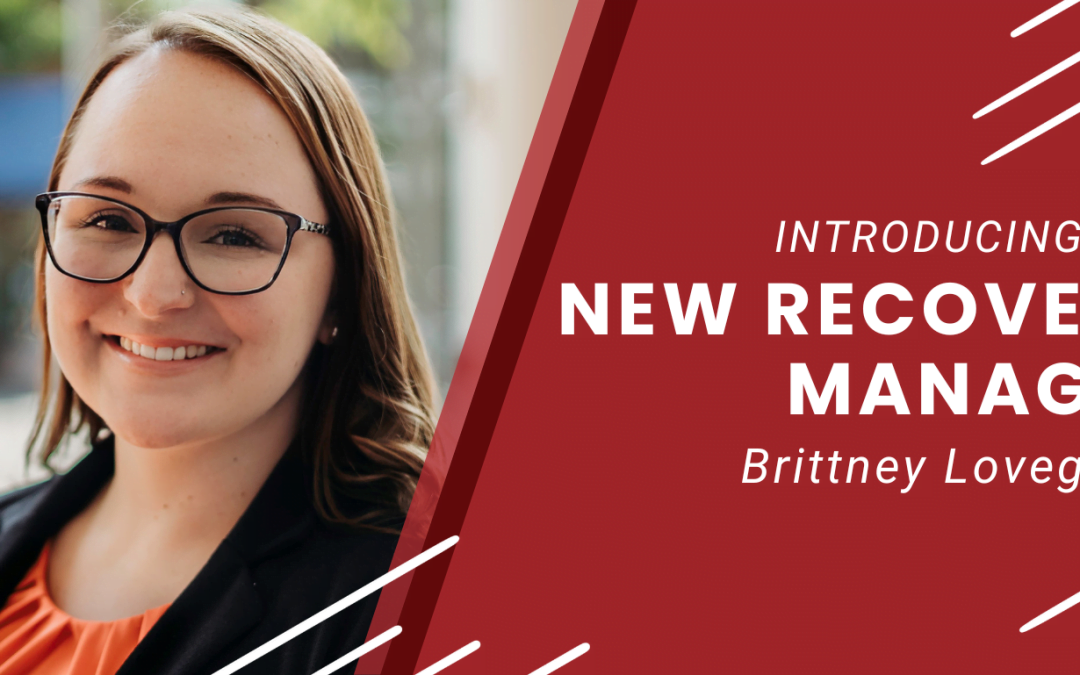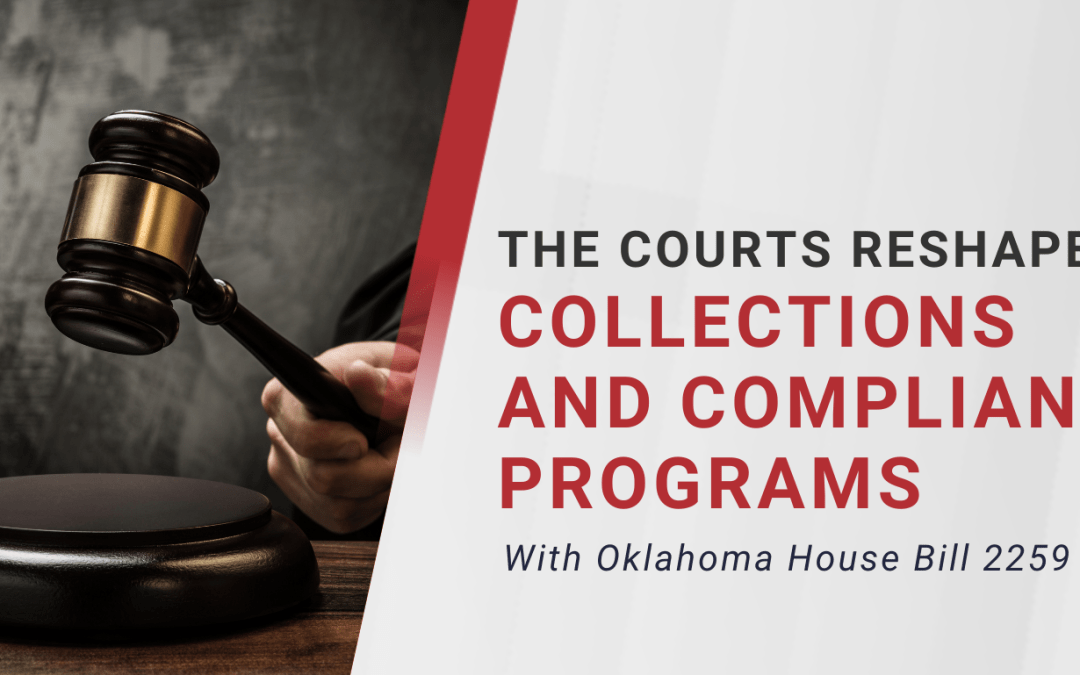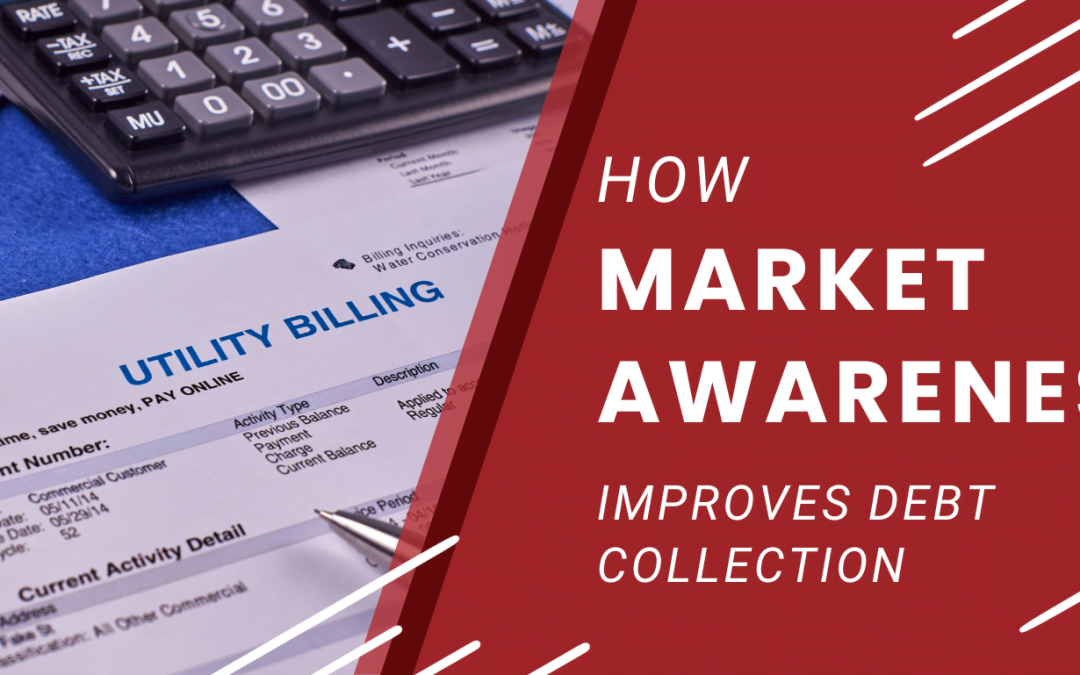
Why Employers Should Say ‘Yes’ to Manatees
By: Jill Hudson Our Director of Human Resources, Jill Hudson, was recently published in The Oklahoman! Check out her opinion editorial here or read the text below to learn more about why we encourage our employees to learn — no matter the topic. My company, which...

Introducing Our New Recovery Manager: Brittney Lovegrove
By: AMR We’re thrilled to welcome our newest team member, Brittney Lovegrove, to the AMR family! With over 6 years of experience in collections, Brittney’s skillset strengthens the recovery team. Emotional intelligence is a fundamental aspect of AMR and Brittney’s...

The Courts Reshape Collections and Compliance Programs
By: Camille Lindsey Oklahoma House Bill 2259 is about to shake up collections and recovery across the state. Passed in May, this law revolutionizes the court cost collection and compliance program. It will go into effect November 1, 2023. Account Management Resources...

How Market Awareness Improves Debt Collection
By: Camille Lindsey It’s no secret: Americans’ finances are strained. Inflation is eating away spending power. Interest rates are steadily rising. People are delinquent on auto loans. Consumers are turning to credit cards to make ends meet. To top it off, student loan...

How AMR Helps Consumers and Customers During High Inflation
By: Pete Pitchford, Director of Sales It’s no secret inflation is high—everyone is feeling the pinch on their wallets. Two groups that may be most concerned about inflation? Accounts receivable (AR) departments and consumers owing these departments. Here are four ways...

Q & A with Stacy Willis: Medical Debt Reporting Changes
By: Account Management Resources Recently, the three major credit reporting agencies (CRAs) announced they will no longer report medical debt under $500 and will extend reporting overall medical debt from six months to one year. Stacy Willis, Director of Operations...

An Emotionally Intelligent Approach to Collections
Disrespecting customers is an easy way to lose business, and yet many collections agencies continue to jeopardize client customer relationships with bad representation. It makes sense that some leaders feel hesitant to contract collections to a third-party. After...

How Student Loan Forbearance Impacts Claims Collection
The U.S. Department of Education (USDE)’s automatic student loan forbearance policy, enacted in March 2020, means borrowers haven’t been required to make student loan payments, their balances accrued no interest and debt collection agencies have been barred from...

CFPB Q&A: Two Key Considerations for Debt Collection in 2021
Debt collection has been getting a lot of attention in the news lately, and the Consumer Financial Protection Bureau newly released guidelines have changed the way collectors will communicate with the parties from whom they seek payment. These new rules increase the...
